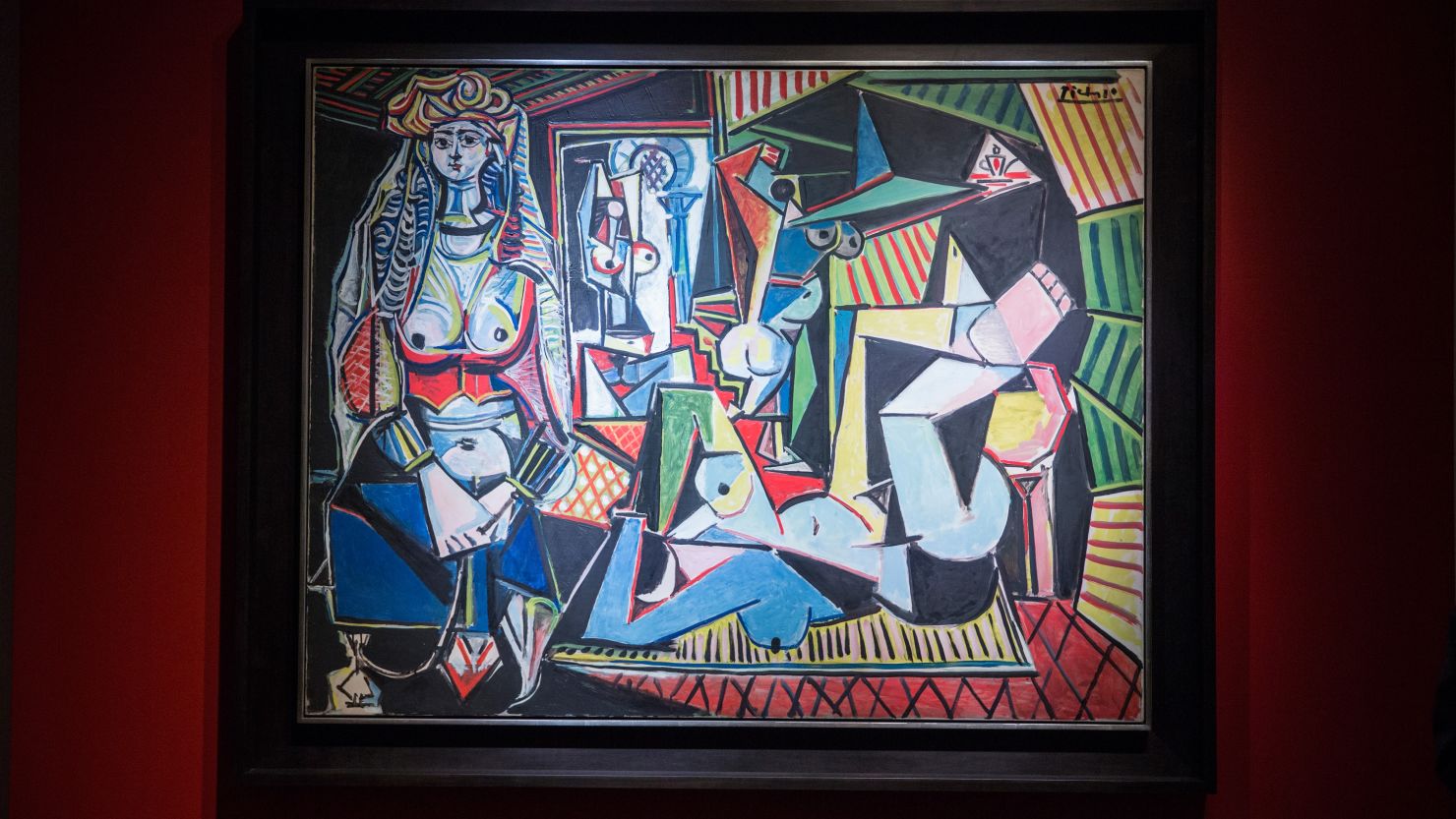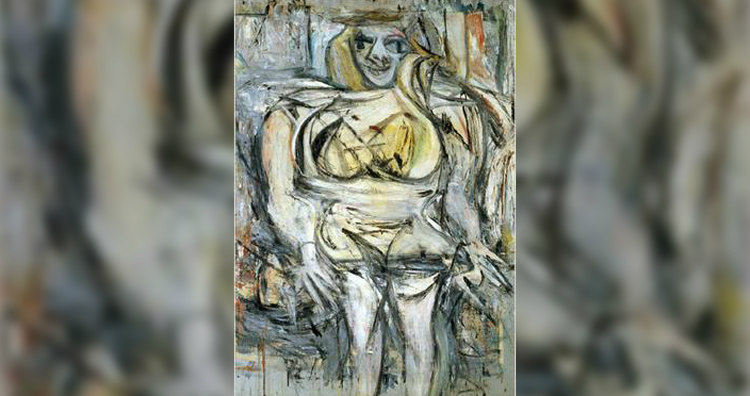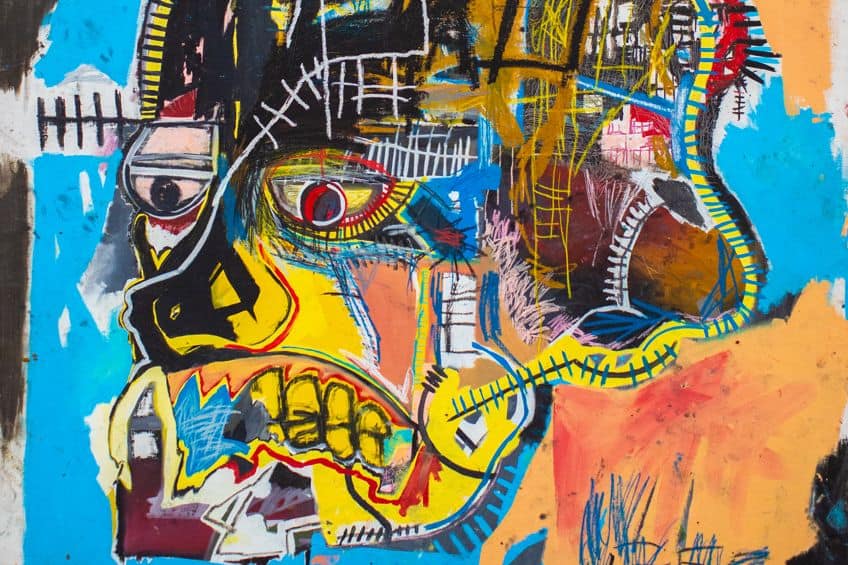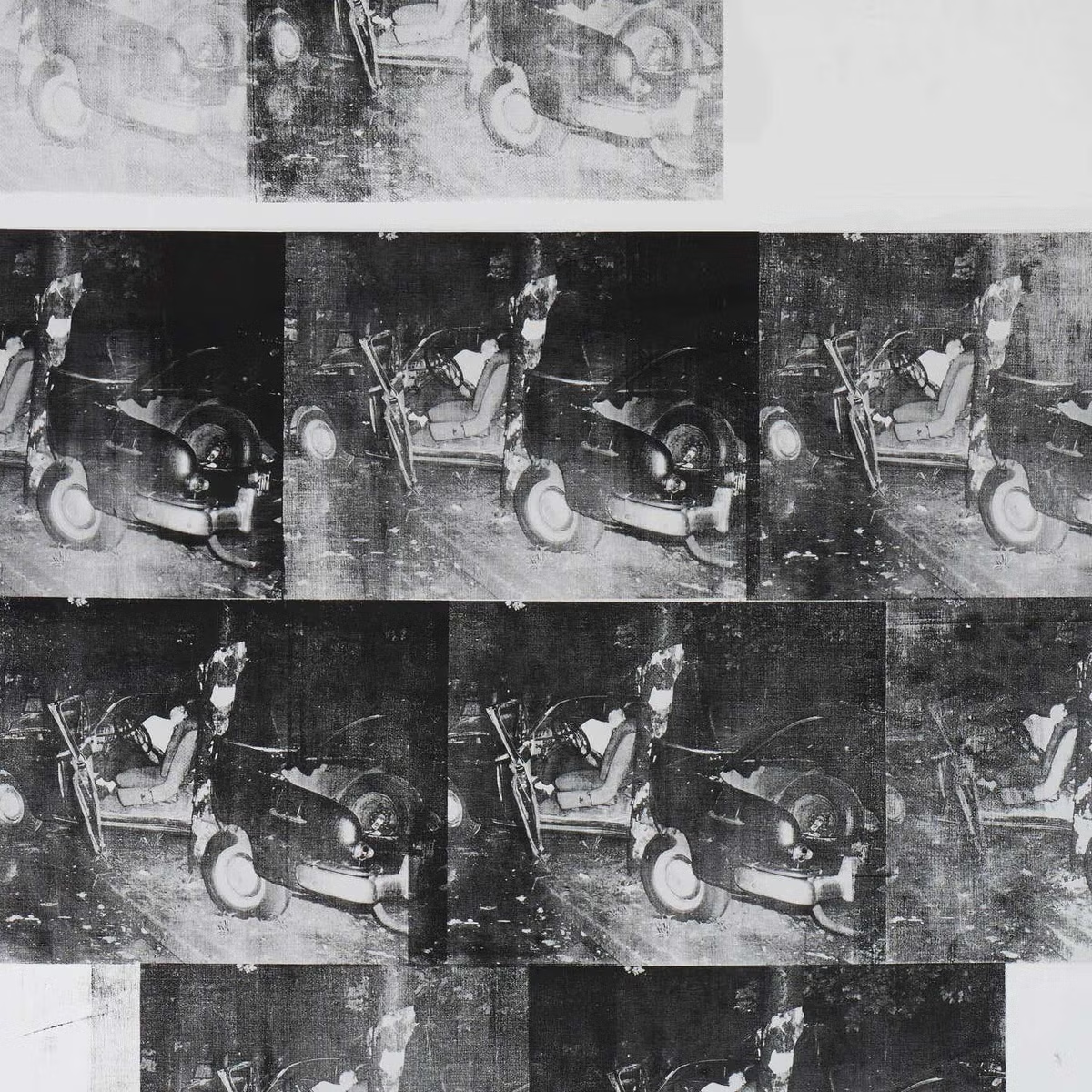Introduction
Few events in the art world command the global stage like record‐breaking auction sales. This article examines the top 10 most expensive art pieces ever sold at auctions relying on the records of major auction houses such as Christie's and Sotheby's, along with analysis from established art market experts, we detail each masterpiece’s history, sale, and the factors that make it so valuable.
Here, you will find comprehensive profiles covering the artist, year of creation, sale price, auction details, known ownership, and the unique characteristics that drive these works to astronomical valuations. These masterpieces are celebrated not only for their aesthetic brilliance but also for their historical and cultural significance, marking milestones in the evolution of art as both an expressive medium and an investment asset.
As the art market continues to evolve, record auction sales highlight the interplay between creative genius and financial investment. The following sections provide clear, factual overviews of each work, offering insights that are valuable to collectors, investors, and art enthusiasts alike.
Salvator Mundi
Leonardo da Vinci’s Salvator Mundi is at the pinnacle of auction history. Believed to have been created around 1500, this portrayal of Christ was authenticated after years of scholarly debate. In November 2017, the painting fetched US$450.3 million at Christie's in New York, setting a new record. The sale is attributed to a high‐profile private buyer reportedly connected to Saudi interests, though the buyer’s identity remains confidential.
The painting’s rarity, its restoration history, and its attribution to da Vinci all contribute to its immense value. Its detailed rendering and enigmatic quality have made it a benchmark for Renaissance art. Today, Salvator Mundi remains an emblem of both da Vinci’s genius and the modern art market’s capacity to reward historical masterpieces.
Les Femmes d'Alger (Version O)
Created in 1955, Pablo Picasso’s Les Femmes d'Alger (Version O) is a vibrant display of his later style. This work sold for US$179.4 million at a Christie's auction in New York in May 2015. Its energetic composition and bold use of color reflect Picasso’s innovative approach during a transformative period of his career.
The record sale underscores Picasso’s enduring influence in modern art. Although the purchaser is anonymous, the work’s provenance and artistic significance have elevated its status among collectors. The painting remains a prized example of 20th-century art, with its value continuing to climb as interest in Picasso’s work grows.
Nu couché
Nu couché by Amedeo Modigliani, created between 1917 and 1918, epitomizes the artist’s signature style of elongated figures and sensual forms. Sold for US$157.2 million at Christie’s in New York in November 2015, it stands as one of the most important auction records in modern art.
The painting’s rarity and the emotional intensity of Modigliani’s work drive its high valuation. Despite the buyer remaining undisclosed, this acquisition underscores the high demand for pieces that capture the essence of early 20th-century modernism. Nu couché continues to serve as a touchstone for collectors seeking both aesthetic beauty and historical significance.
Three Studies of Lucian Freud
Francis Bacon’s Three Studies of Lucian Freud, completed in 1969, is renowned for its raw emotional power and innovative triptych format. The work sold for US$142.4 million at Sotheby’s in New York in May 2013, marking a record for Bacon’s creations.
The painting is celebrated for its stark portrayal of human vulnerability and the dynamic interplay between the figures depicted. Acquired by a prominent American billionaire, it serves as a benchmark for contemporary art sales. Bacon’s expressive technique and the work’s historical context combine to ensure that this triptych remains a pivotal piece in the study of modern art.
Woman III
Woman III by Willem de Kooning is a seminal work of abstract expressionism, created in 1953. In 2006, the painting sold for US$137.5 million at Sotheby’s in New York, underscoring de Kooning’s transformative impact on modern art.
The piece is celebrated for its energetic brushwork and the powerful depiction of the female form. Its turbulent style and abstract composition have captivated both critics and collectors. Although details of the buyer remain confidential, the sale reinforces the high regard in which de Kooning’s work is held. Today, Woman III remains a critical reference point for abstract expressionism and continues to influence market valuations.
Untitled
Jean-Michel Basquiat’s untitled work from 1982 is a dynamic representation of his rise from the streets of New York to global prominence. The painting, which sold for US$110.5 million at Sotheby’s in New York in May 2017, epitomizes Basquiat’s distinctive blend of graffiti aesthetics and fine art.
Known for its bold imagery and cultural commentary, this work has become a symbol of Basquiat’s innovative spirit. Although the buyer is not publicly identified, the acquisition highlights the increasing recognition of Basquiat’s contributions to contemporary art. Its current valuation continues to rise as the artist’s influence grows, making it a landmark piece in modern art history.
Silver Car Crash (Double Disaster)
Andy Warhol’s Silver Car Crash (Double Disaster), created in 1963, captures the essence of pop art with its dramatic portrayal of modern tragedy. Sold for US$105.4 million at Sotheby’s in New York in 2013, the piece stands as a milestone in Warhol’s prolific career.
The work’s high valuation is driven by Warhol’s innovative merging of commercial imagery with fine art. Its stark visuals and cultural relevance continue to resonate with collectors. Although the buyer remains anonymous, the acquisition is a clear indicator of the sustained demand for pop art that challenges traditional artistic boundaries.
Rabbit
Jeff Koons’ Rabbit, created in 1986, is an iconic stainless-steel sculpture that bridges the gap between high art and commercial design. In 2019, it was sold for US$91.1 million at Christie's in New York, making it one of the most talked-about auction sales of contemporary art.
The sculpture is admired for its sleek finish and the clever commentary it offers on consumer culture. Koons’ innovative techniques and the work’s striking aesthetic have made it a modern classic. The buyer, whose identity remains undisclosed, recognized the piece’s dual value as both art and investment. Rabbit continues to be celebrated for its influence on the evolution of contemporary sculpture.
Portrait of an Artist (Pool with Two Figures)
David Hockney’s Portrait of an Artist (Pool with Two Figures) marks a significant moment in modern art. Created in 1972, the painting juxtaposes the human form against the reflective surface of a swimming pool, capturing both motion and stillness. In 2018, it sold for approximately US$90.3 million at Sotheby’s in New York.
Hockney’s innovative use of color and composition sets this work apart as a modern masterpiece. The painting’s clean lines and vibrant palette illustrate the artist’s ability to capture the essence of leisure and introspection. Though the buyer’s identity is not disclosed, the acquisition confirms the artwork’s dual appeal as a cultural icon and a strong financial asset. Its current valuation continues to rise, reflecting growing appreciation for Hockney’s contribution to contemporary art.
Orange, Red, Yellow
Mark Rothko’s Orange, Red, Yellow, painted in 1961, is a masterful study of color and emotion. The work sold for approximately US$86.88 million at Sotheby’s in New York, securing its place among the most expensive auction pieces.
Rothko’s use of vibrant hues and subtle gradients creates an immersive experience that speaks to the human condition. The painting’s minimalist composition belies its emotional intensity, appealing to collectors who value both its beauty and its meditative qualities. Now held in a private collection, Orange, Red, Yellow is celebrated as a quintessential example of abstract expressionism, with its value continuing to appreciate.
Conclusion
The top 10 most expensive art pieces sold at auction highlight how extraordinary works of art become symbols of cultural and financial achievement. Each masterpiece—from Leonardo da Vinci’s Salvator Mundi to David Hockney’s modern classic—embodies a unique blend of historical importance, innovative artistry, and investment potential.
These record-breaking sales provide clear evidence of how art transcends its aesthetic appeal to become a benchmark for wealth and cultural influence. They illustrate the evolution of collecting practices over decades and underscore the importance of provenance, rarity, and the artists’ individual legacies. For collectors and investors, these works represent not just the pinnacle of artistic expression but also a secure store of value that continues to appreciate over time.
As auction records continue to be shattered, the stories behind these masterpieces serve as invaluable lessons in the art market. They reveal how historical context, artistic innovation, and market dynamics converge to create artworks of incomparable worth. With each sale setting a new precedent, the legacy of these works endures, inspiring future generations to appreciate art not only as creative expression but also as a timeless investment.




























Comments